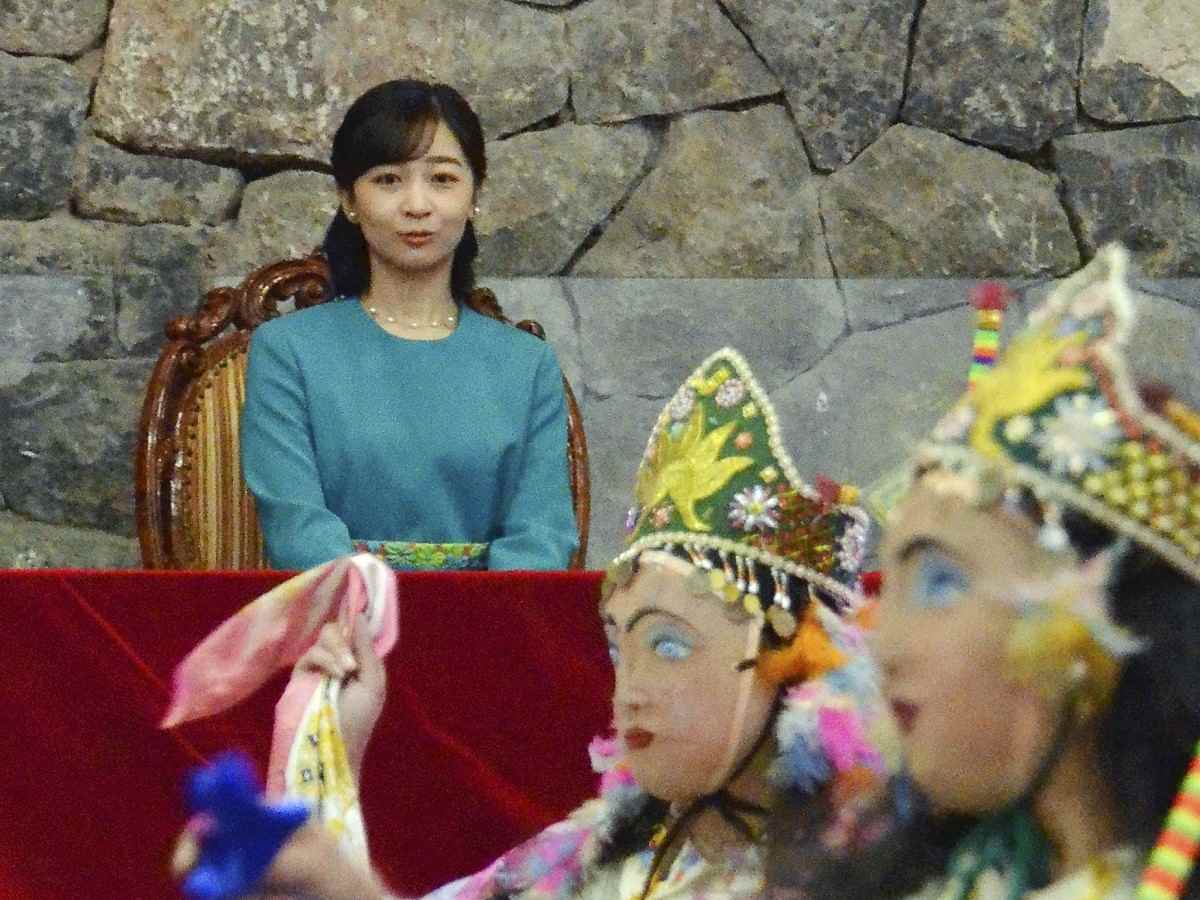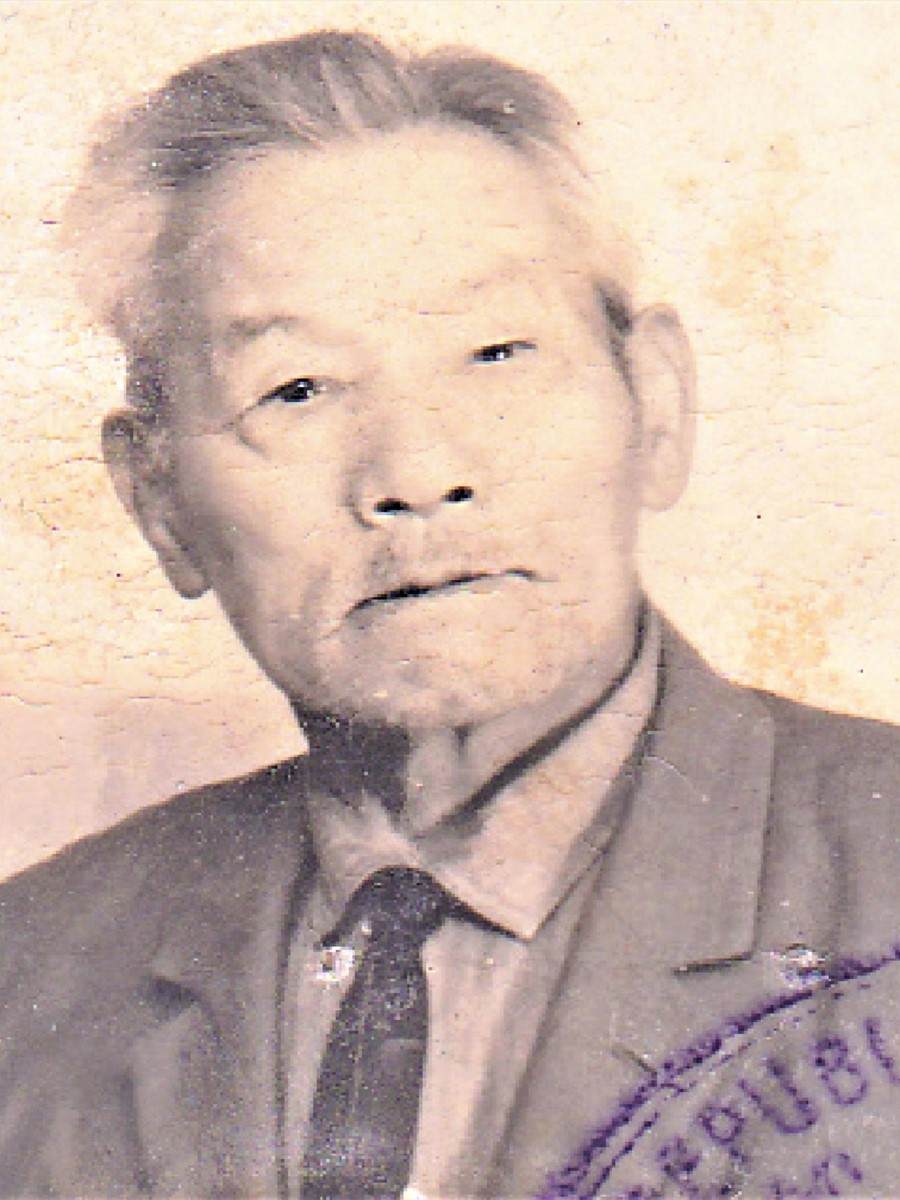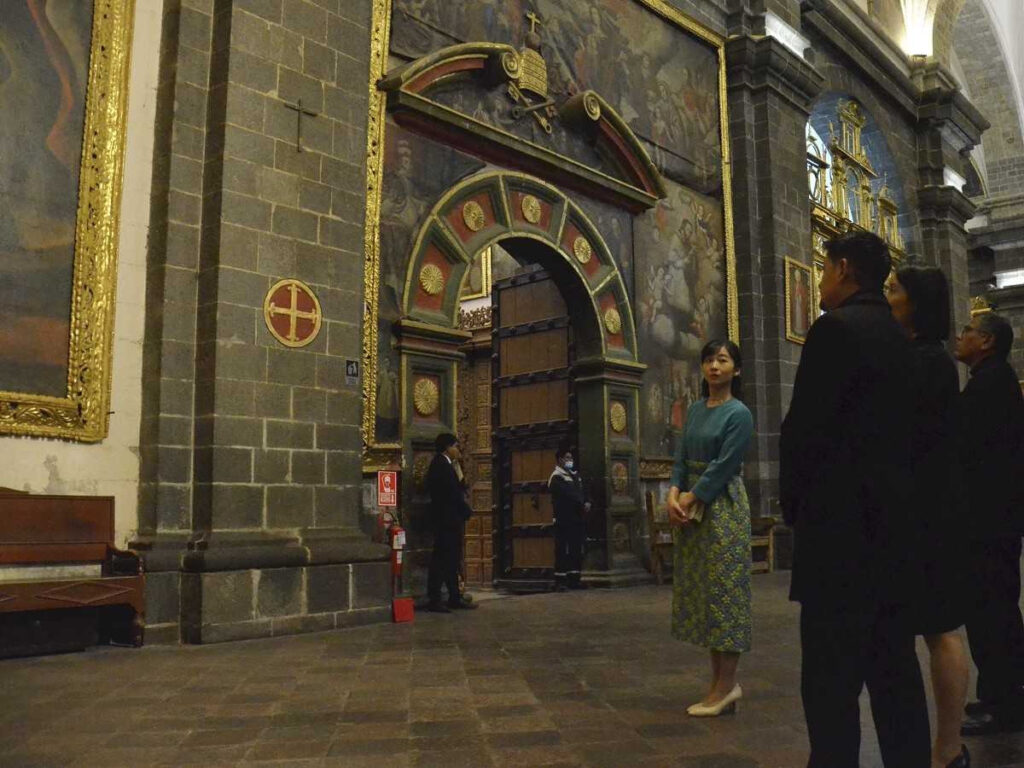CUSCO, Peru — Princess Kako, the second daughter of Crown Prince Akishino and Crown Princess Kiko, visited the Sacsayhuaman fortress, about two kilometers from Cusco, Peru, on Sunday morning during her visit to the country.
It is believed that the fortress was built by the Inca Empire during the 15th and 16th centuries by mobilizing more than 20,000 workers for over 60 years.
While listening to a guide, the princess walked around the stone structures of the archaeological site. She stopped in front of the largest stone, which is about 7 meters tall and weighs about 120 tons, and asked the guide, “How did they bring this stone here?”
The princess then visited Cusco Cathedral in the center of the city. She also attended the welcome ceremony held by the city and applauded the traditional Peruvian dance performed at the event.
The princess flew from Cusco to Lima on Sunday evening.

Princess Kako watches a traditional Peruvian dance performance during a welcome ceremony held by the city of Cusco in Peru on Sunday.
Princess explores Machu Picchu

Princess Kako, center, looks at the Machu Picchu ruins while listening to a guide Saturday.
MACHU PICCHU, Peru — On Saturday afternoon, Princess Kako visited the World Heritage site of Machu Picchu in Peru.
The Machu Picchu ruins, believed to have been built around 1450, is located on a cliff at an altitude of 2,400 meters and includes stone shrines and houses. The area is sometimes called the city in the sky.
The princess spent about two hours listening to a tour guide while exploring the site despite occasional rainfall.
“What a spectacular view! I’m feeling the wonderful atmosphere,” she happily told reporters as she stood on a hill where tourists can see the entire area.
After visiting the Machu Picchu archaeological site, Princess Kako went to the Machu Picchu village office on Saturday to meet Mayor Elvis La Torre, who told her of the achievements of the late Yokichi Nouchi (1895-1969), a former Machu Picchu village mayor who emigrated from Japan to Peru and laid the foundation for the village to become a tourist spot.
Japanese Mayor

Yokichi Nouchi
The grandson of former Machu Picchu Mayor Yokichi Nouchi, Cesar Yoshiro Nouchi, is glad that Princess Kako visited Machu Picchu.
“I am really grateful that [Princess Kako’s visit] shed light on the achievements of my grandfather,” said Nouchi, 47, who lives in Nagoya.
Yokichi Nouchi came from Fukushima Prefecture and immigrated to Peru on his own in 1917, when he was 21. He lived in Machu Picchu village where he joined villagers in developing the jungle to lay water pipes and generate electricity by setting up hydroelectric generation. He thought the Machu Picchu ruins would be a precious tourist resource and started the village’s first hotel in 1935.
When the Pacific War started, military police officers came to the village many times to intern Japanese people. Whenever they came, however, villagers hid Nouchi, who was popular and well-respected in the village. After the war, he was appointed village mayor in 1948, and he dedicated himself to the recovery of the village after it was devastated by a landslide. The village soon became an internationally popular tourist destination, and Nouchi is still admired by villagers today.
Yoshiro was born in Peru and came to Japan to work when he was 16. He studied Japanese while working and graduated from university in Japan. Now he travels between Nagoya and Machu Picchu and is involved in exchange activities between Japan and Peru.
“Visits by members of the Imperial family is an honor and a very important event to Japanese Peruvians,” he said. “I hope the friendly relations between Japan and Peru will grow even deeper.”
Source : TheJapanNews

